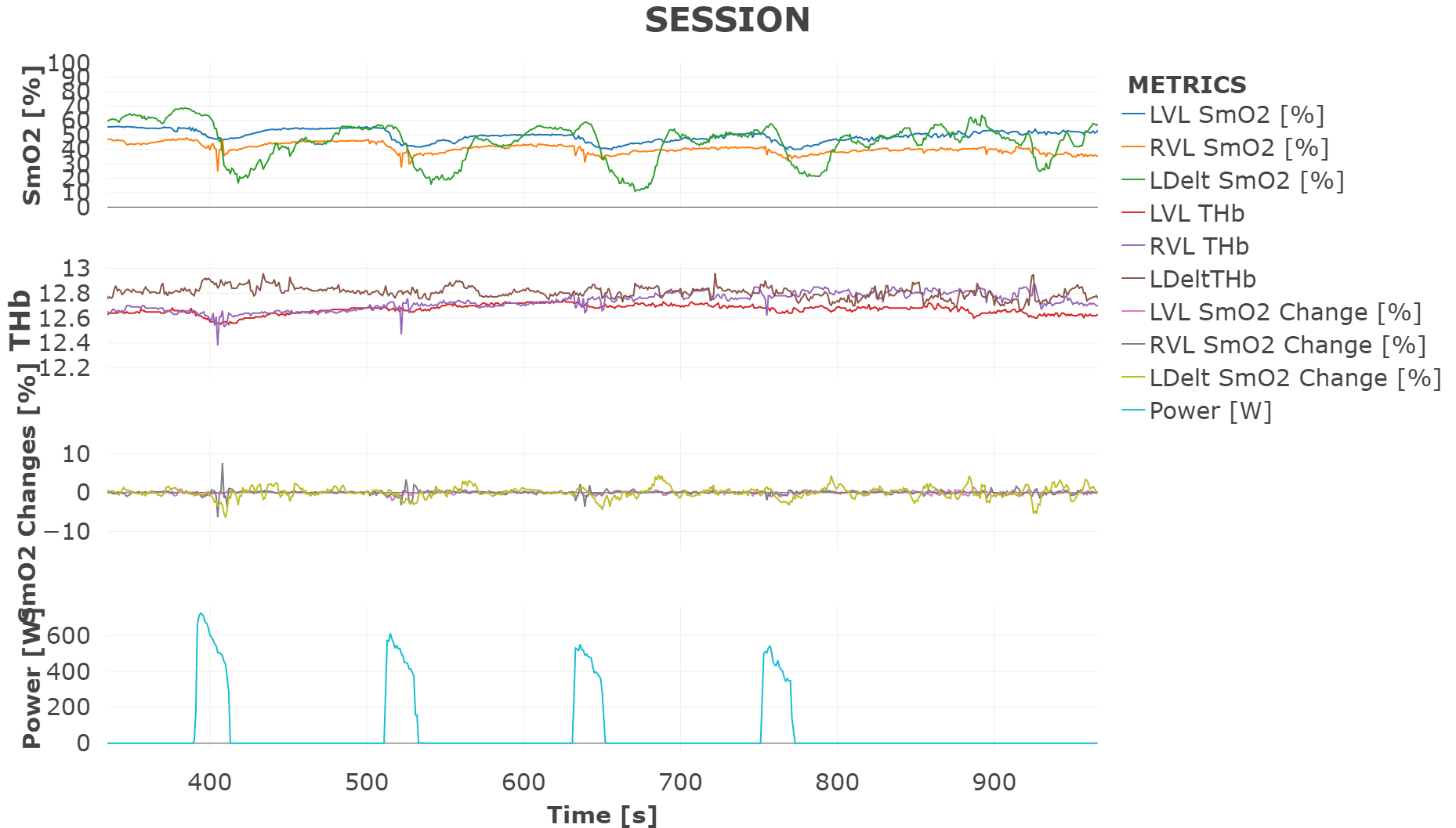PART 2 - ENERGY SYSTEMS: IDENTIFYING PHYSIOLOGICAL LIMITATIONS USING MOXY
To identify our physiological limitations, we firstly need to refresh our knowledge of our 3 physiological systems and how they all work together.
OUR 3 MAIN PHYSIOLOGICAL SYSTEMS: HOW DO THEY WORK?
Respiratory System:
Oxygen is inhaled into our lungs and extracted and diffused into our bloodstream. From here, the oxygen binds to haemoglobin, (Hb) which carries oxygen from the lungs into our muscles and organs. Once the oxygen has been utilised, the byproducts need to be removed. This is done with Hb which will take CO2 from the muscle and take it to the lungs for those byproducts to be removed.
Cardiovascular System:
For the oxygen to be carried around the body, we need a pump and this is exactly what the cardiovascular system is for. The oxygen is pumped around the body from the heart to the areas of the body that demand oxygen.
Muscular System:
Eventually, the oxygen in the Hb travels to the “end-users” which are the muscle capillaries, where oxygen exchange occurs. This is where oxygen detaches from the haemoglobin and enters the mitochondria to power muscular contractions.
An athlete can be limited in any one of these systems and its presentation can be determined using the MOXY trace.
HOW CAN WE DETERMINE AN ATHLETE’S LIMITATIONS?
Fig 1. Cardiovascular Limited Athlete
The RECOVERY INTENSITY PROFILE Identifies two critical components to performance combat sports. Using MOXY we can observe and evaluate the athlete’s ability to repeatedly perform high intensity efforts. We can also look at how quickly they can recover from these efforts. The test involves 1 set of 3-4 reps of 20s MAX EFFORTS WITH 100s RECOVERY. We run a code and make a report to observe trends on SmO2, Thb and Power Output from the WATTBIKE.
Now that we have an understanding of the new model of energy systems, what implications does it have on our training?
Rather than using ambiguous terms like “alactic” training (technically this doesn’t exist because we always have lactate around and we use it immediately) or “aerobic power” training, we should be reframing our energy system training by targeting an athlete’s limiter. An athlete can be limited by their respiratory, cardiovascular or muscular system. We also need to consider what the athlete needs to do in their sport.
Let’s explain some of these limitations:
Cardiovascular (Delivery) Limited Athlete
Fig 2. Respiratory Limited Athlete
These are the athletes who are typically the most “explosive” athletes. As we have learnt earlier in this blog, this means the athlete is likely able to utilise a large percentage of oxygen very quickly. However, this causes a large mismatch between the delivery of oxygen and the demand of oxygen (the amount of blood being delivered is insufficient for the rate and amount that it is being used up). This may be due to poor cardiac output or venous/arterial occlusions which cause a restriction to how much oxygen the muscle is receiving.
In Fig 1. VL SmO2 drops signficantly from around 80% to below 20% in the first repetition. However, in subsequent repetitions, we can see that SmO2 does not decrease as significantly. This may be an indication that the athlete is in an extremely fatigued state. This is also indicated by his power output drop off from the first repetition compared to the second to fourth repetition.
Respiratory Limited Athlete
Fig 3. Utilisation Limited Athlete
Again, these are the athletes who are typically the most “explosive” athletes. As we have learnt earlier in this blog, this means the athlete is likely able to utilise a large percentage of oxygen very quickly. However, rather than being limited by their cardiovascular system, they are limited by their respiratory system. This limitation occurs because the athlete is not breathing effectively either due to poor intake of oxygen (lack of strength in respiratory muscles or inefficient breathing technique) or expiration of carbon dioxide.
In Fig 2. VL SmO2 drops signficantly from around 60% to below 40%. During each repetition, we can see that there is a lag in recovery of SmO2 between the left (blue) and right (orange) VL. This may be an indication that there may be vasconstriction (from HYPERventilation) happening somewhere in the body which is occluding blood flow to the right leg causing SmO2 to remain low even after the sprint has been completed.
Utilisation Limited Athlete
Athletes who are utilisation limited are the athletes who can “go all day.” These athletes can’t utilise a large percentage of oxygen very quickly and therefore the delivery of oxygen is able to match the demand of oxygen. This limitation can occur because of limited mitochondrial function and/or volume, muscle strength or muscle fatigue.
In Fig 3. SmO2 starts at around 80% and does not drop below 50%. This is in contrast to the previous 2 figures where the gradient of SmO2 change during each repetiton is steeper. We can see that power output is not as high compared to the first two athletes. Although the athlete is still performing the repetition at a maximal level, they are unable to utilise much of the oxygen that is being delivered to the legs.
SUMMARY
Hopefully, now you can see that MOXY can be extremely useful when it comes to making decisions about an athlete conditioning.
The next question you might ask is with what interventions do we use to train each limitiation. This will be discussed in our follwing blog!



